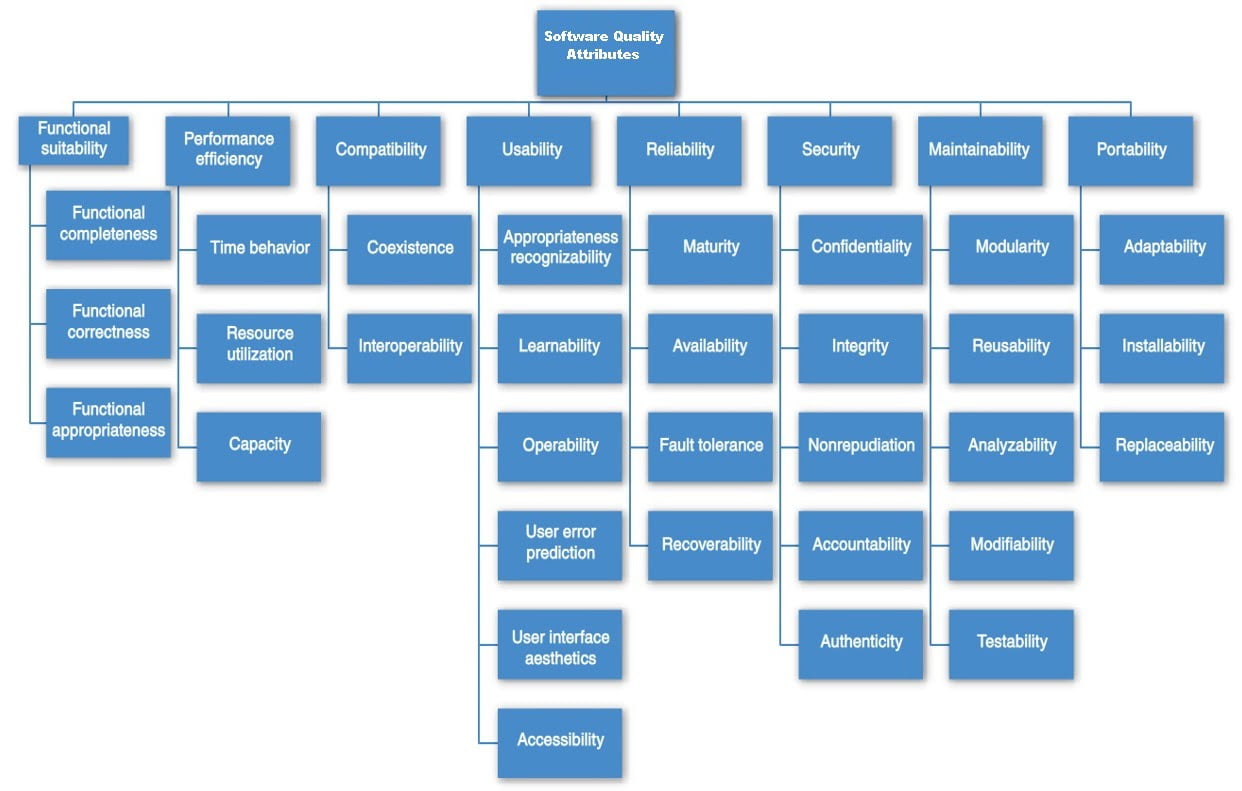Software Quality Assurance (SQA) ensures that project processes are used effectively to produce quality project deliverables. It involves meeting standards, continuously improving project work, and correcting project defects. It evaluates the overall project performance on a regular basis to provide confidence that the project will satisfy the relevant quality standards. The focus of it is on the processes used in the project. It uses a system of metrics to determine whether or not the quality plan is proceeding in an acceptable manner.
By using both qualitative and quantitative metrics, you can effectively measure project quality with customer satisfaction. These will help you predict and verify the achievement of goals and identify the need for corrective actions. Additionally, SQA tests will help you map quality metrics to quality goals, allowing you to report on the status of quality at periodic project review meetings.
SQA is a process-oriented part of quality management, which should be introduced as early as the project planning stage. SQA deals with the following questions:
-
What standards and requirements software should comply with?
-
What should each stakeholder (for example, project managers, BAs, and developers) do for software to be of high quality?
-
What kind of software production process can prevent defects from occurring?
-
How do establish such a process?
It can be performed by a manager, client, or even a third-party reviewer. Examples of quality assurance include process checklists, project audits, and methodology and standards development.
As the US National Institute of Standards and Technology found, it’s 6 times more expensive to fix a bug found during system testing than to organize software requirements gathering in a way this bug wouldn’t appear. Mature quality assurance aims primarily at preventing, not detecting the existing defects.
These are the characteristics common to all software quality assurance processes:
-
A defined quality management approach
-
Holding formal technical reviews
-
Implementing a multi-testing strategy
-
Using effective software engineering technology
-
A measurement and reporting mechanism
Additionally, all software quality assurance programs contain the following ten vital elements:
-
Software engineering standards
-
Technical reviews and audits
-
Software testing for quality control
-
Error collection and analysis
-
Change management
-
Educational programs
-
Vendor management
-
Security management
-
Safety
-
Risk management
There are two different approaches to SQA:
-
Software Quality Defect Management Approach
-
Software Quality Attributes Approach
The Software Quality Defect Management Approach focuses on counting and managing defects. The level of severity can generally categorize defects. Software development teams use tools like defect leakage matrices and clear and concise control charts to measure and enhance the capability of their software development process.
A software quality defect management approach refers to a systematic process for identifying, tracking, and resolving defects in software products. An effective software quality defect management approach should include the following steps:
-
Defect Identification: This involves identifying defects in software products through manual testing, automated testing, or customer feedback.
-
Defect Prioritization: This involves prioritizing defects based on their impact on the software quality and the customer experience.
-
Defect Tracking: This involves recording and tracking defects in a centralized repository such as a defect tracking system.
-
Defect Resolution: This involves fixing defects in the software and verifying that they have been resolved.
-
Defect Closure: This involves documenting the resolution of the defect and closing it in the defect tracking system.
-
Continuous Improvement: This involves continuously monitoring and improving the software quality defect management process to ensure that it is effective and efficient.
An effective software quality defect management approach is important to ensure that software products are of high quality and meet the needs and expectations of customers. It helps organizations to track and resolve defects in a timely manner, improve the customer experience, and increase customer satisfaction.

The Software Quality Attributes are characteristics or properties of software systems that determine the degree to which they meet the needs and expectations of customers. Some of the common software quality attributes include:
-
Functionality: This refers to the ability of the software to perform its intended functions accurately and effectively.
-
Usability: This refers to the ease of use and user-friendliness of the software.
-
Reliability: This refers to the software’s ability to function as expected and without failure over time.
-
Performance: This refers to the speed, responsiveness, and scalability of the software.
-
Security: This refers to the software’s ability to protect sensitive information and prevent unauthorized access.
-
Maintainability: This refers to the ease with which software can be modified and updated to meet changing requirements.
-
Portability: This refers to the ability of the software to run on different platforms and hardware configurations.
-
Compatibility: This refers to the software’s ability to work with other software and systems.
Software quality attributes are important because they help to determine the overall quality of software systems and the degree to which they meet the needs and expectations of customers. They are used as criteria to evaluate and compare software systems and to prioritize improvements to software quality.
The Software Quality Attributes approach works by helping software engineers analyze the performance of a software product. This approach focuses on directing the engineer’s attention to several quality factors.
